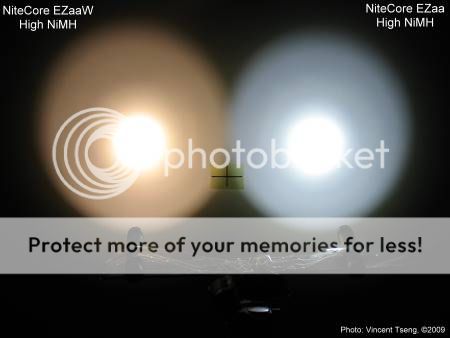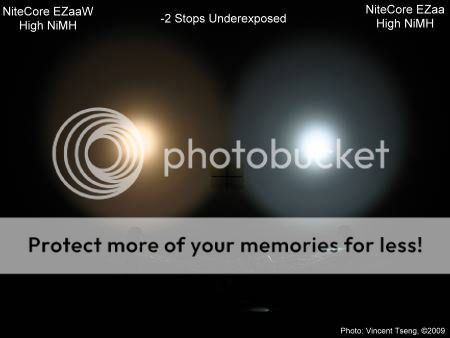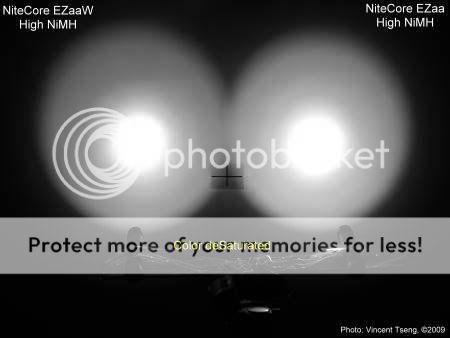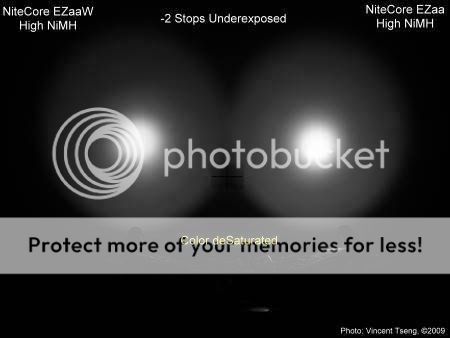Bonky
Banned
more pics please! 
 Help Support Candle Power Flashlight Forum
Help Support Candle Power Flashlight Forum
Are these still available?
Can't see any option for the warm version on 4sevens...
I personally still prefer a warm-tint cool white myself for general use - but I can't quite get used to these warmed "neutral" white tints.
And I would point out my wife loves her cool-tint cool white Rebel RB080 Fenix L2T V2 - she uses it to match black socks in her sock drawer every morning. :laughing: I've had her try my warm-tint cool white Rebel RB100 Fenix L2D, and it is nowhere near as good - the difference is that noticeable. Needless to say, these neutral white tints are definitely not suited for that task.
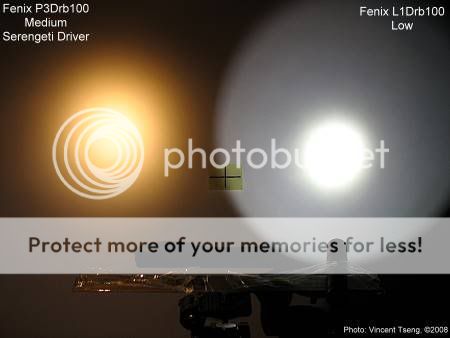
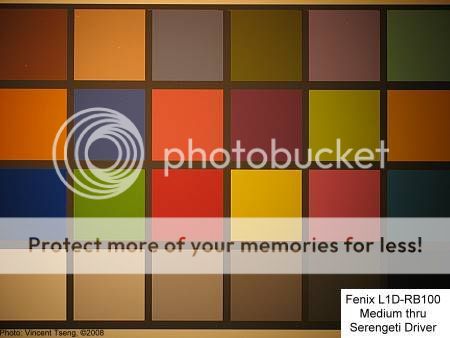
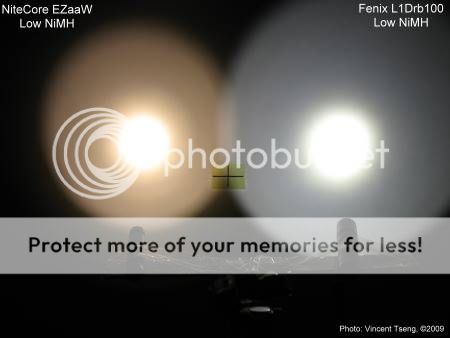
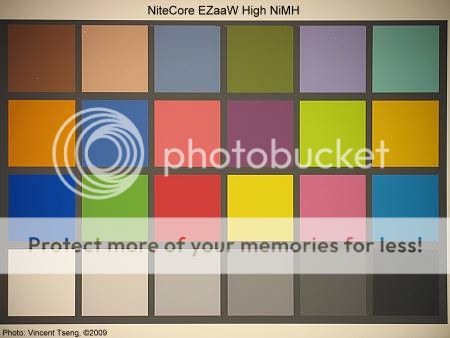
P.S.: NiteCore informs me that the revised EZ AA now supports Li-ion. Was there any mention of that in the packaging from your sample Vincent? I will be doing 14500 runtimes when mine arrives.
Hmm, in the interest of science, I just tried my "neutral" tint Fenix TK20 (likely Q2, 5A tint) in my wife's sock drawer, and it wasn't too bad. The browns of course were easy to tell apart, but surprisingly so were the blues (as you noticed). The blacks are still rendered best by my wife's cool-tint RB080 L2T V2, though.which seem to enhance vision for me at the cost of some color rendition inaccuracy - but our eye/brain combination seems to compensate for this - hence the enhanced vision. eg: BluBlocker sunglasses (which I personally don't like) seem to do this well - but at a much more obvious yellow bias (to me) - whereas the Serengeti's seem not to have this obvious yellow bias.
I was really surpised by how well blues are still rendered with the EZaaW - perhaps the sharp peak in blue is just evened out as opposed to being merely blocked?
I personally still prefer a warm-tint cool white myself for general use - but I can't quite get used to these warmed "neutral" white tints.
The warm tints bring the yellows and reds out more outside. But I notice the contrast is decreased relative to cool tints as you mention here, looking at trees, leaves, etc, I prefer the extra contrast the cool tints provide to more reds and yellows present in total. And I tried to love the warm tints, I assumed they would be better outside and I just plain find cool more useful, contrast > color accuracy for me.Note: although there appears to be higher contrast between the top and underside of the leaves in the cool white tint
This is where I find myself as well. I prefer a warm binned cool white LED.
Now looking as these color chart photos, all those who say that warm color improves color rendition doesn't seem to reason. Looking at the warm EZAA and regular EZAA side by side, the regular "cool" one seems to render color more accurately.
So where does this thing about warm led giving beter color rendition come from anyway?
So where does this thing about warm led giving beter color rendition come from anyway?
" High CCT lighting generally requires higher light levels. At dimmer illumination levels, the human eye perceives lower color temperatures as more natural, as related through the Kruithof curve. So, a dim 2700K incandescent lamp appears natural, and a bright 5000K lamp also appears natural, but a dim 5000K fluorescent lamp appears too pale. Daylight-type fluorescents look natural only if they are very bright. "
I"ve heard allot of comments about how many folks in the LED world like the warmer colors for outdoors but no one really spelled out why.. all they know is that they like it.
Another "difficulty" with flashlights is the possible range of usage and brightness levels - 100 lumens with a close handheld task is very bright - so a blue'ish white is "better" - but 100 lumens shone at a distant object is "dim" - where a warmer tint may well be more pleasing/"better".
- but because I am always aware I may have to turn the light off and be able to continue to see in the dark - hence my enthusiam for lights that can reach low levels.
When doing close work, I won't need or want intense blinding light and while looking at the distance I will.. in both case the warm tint will excel!
Hope its OK bumping this thread.
I was just wondering, is there any difference in runtime, brightness, or heating on high mode between the two versions of the light?
